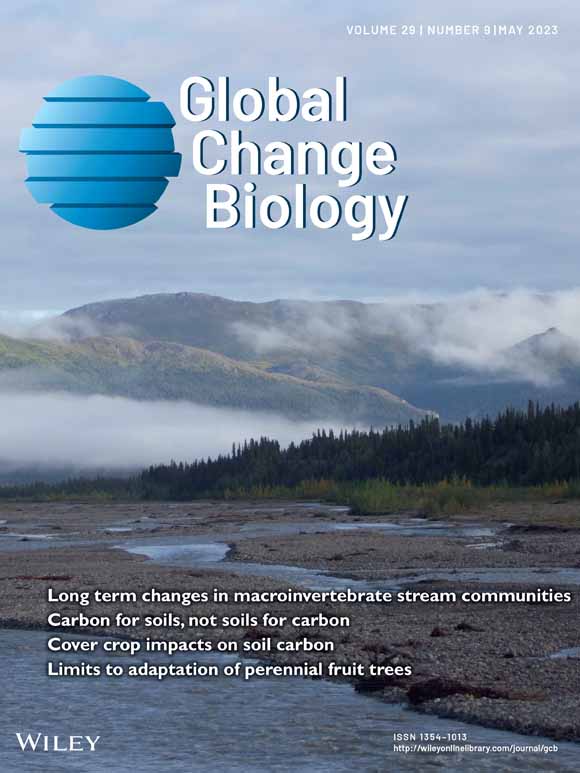
Current protected areas provide limited benefits for European river biodiversity
Flow variability and macroinvertebrates jointly regulate stream periphyton and metabolism: Insights from experimental stream mesocosms
In stream mesocosm experiments the authors tested how reduced flow and a sequence of controlled flushing events, with or without macroinvertebrates, affect periphyton community composition, algal biovolume, and ecosystem metabolism. Flow variability and macroinvertebrates control periphyton structure, metabolism, and carbon cycling, with macroinvertebrates stabilising responses to disturbance.
Advancements in Satellite Observations of Inland and Coastal Waters: Building Towards a Global Validation Network
This article highlights the importance of validating satellite-derived water quality products. The authors provide guidance for the scientific community on what to consider when implementing field campaigns to collect data for remote sensing validation needs.
Low contribution of oxic methane production in shallow productive lakes
Evolution of flood generating processes under climate change in France
A Systems Perspective: How Social–Ecological Networks Can Improve Our Understanding and Management of Biological Invasions

Effects of Biodiversity Loss on Freshwater Ecosystem Functions Increase With the Number of Stressors
Sub-daily stable water isotope dynamics of urban tree xylem water and ambient vapor
The authors combined in situ monitoring of stable isotopes and ecohydrological monitoring in different urban vegetation in Berlin. They provide novel insights on plant physiology and hydrological functioning through high-resolution isotope data to capture sub-daily plant water uptake and internal water cycling.

A tiered complexity conceptual framework for treating water soluble, hydrophilic contaminants in green stormwater infrastructure
Blue-green infrastructure is a critical tool for improving stormwater quality, but the removal of dissolved, hydrophilic contaminants remains a major challenge. The authors propose a tiered conceptual framework of progressively more complex, costly, and resource-intensive interventions to remove dissolved, hydrophilic contaminants and thus minimize risks to ecosystems and drinking water sources.

Challenges in studying microplastics in human brain
Microplastics are ubiquitous – in the environment and in the human body. However, accurately detecting these particles poses major challenges for researchers from various disciplines. The authors described the methodological difficulties in the journal and call for more standardized methods in biomonitoring.






